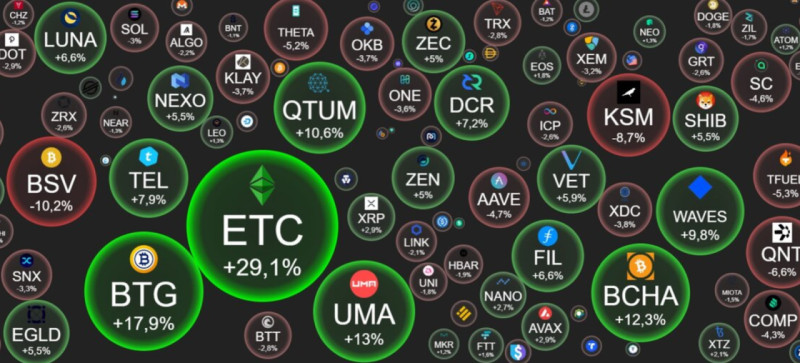
Today, the crypto industry embraces various types of digital currencies. At some point, the crypto market was flooded with new digital assets. So, newcomers to the industry sometimes find it very difficult to navigate. For example, as of today, there are more than 10,000 different types of cryptocurrencies in the market. New coins and tokens pop up week after week.
In this article, we have compiled all the essential information about the types of cryptocurrencies. We will discuss what they are, their purposes, their applications, how they are classified, how their stability is ensured, and what unique advantages each category offers. We recommend having a notebook, a pen, and some patience at hand.
Varieties of cryptocurrencies
All types of digital assets are typically divided into three broad categories:
| Bitcoin | Altcoins | Stablecoins |
Bitcoin stands alone as a large and distinct category for a good reason. Bitcoin is the flagship and the most valuable asset. Everything else falls into another large group of cryptocurrencies—altcoins. Stablecoins are another group of crypto assets.
We will discuss each specific type in detail, one by one.
Bitcoin: flagship of crypto market
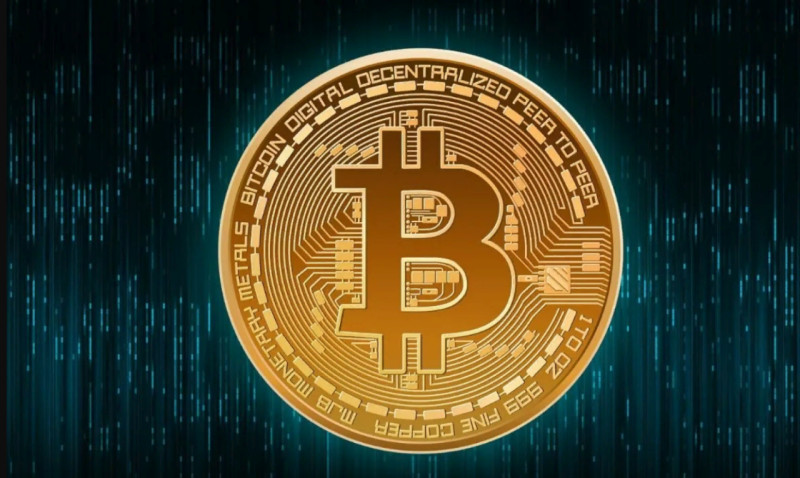
Bitcoin (BTC) is the first decentralized digital currency in history, created in 2008. On October 31, an article titled "Bitcoin: A Peer-to-Peer Electronic Cash System" was published on the Bitcoin.org website, attributed to someone named Satoshi Nakamoto (which could be a pseudonym for an individual or a group of developers).
The document describes the operation of a peer-to-peer payment system that functions without the involvement of central financial institutions, such as banks or clearing centers. This mechanism eliminates any possibility of control or influence over transactions.
Bitcoin opened the door to the formation of a new alternative financial system, radically different from the traditional financial world. This cryptocurrency offers a unique way of making payments, although it still lacks official status in most countries.
Unlike conventional currencies such as dollars or euros, Bitcoins have no physical form and are created exclusively through the computational power of computers connected to the blockchain.
Bitcoins can only be stored digitally using special cryptocurrency wallets, each protected by a private and public key.
| A public key is comparable to a bank card number, visible to all network participants, and used to receive transfers. | A private key is comparable to a bank card PIN code, used to access the funds in the wallet. |
Bitcoin is not just the coins stored in electronic wallets but also a wide distributed network that processes all transactions conducted within it.
All information about Bitcoin transactions is recorded in a decentralized ledger accessible simultaneously on thousands of computers worldwide. Each new transaction is recorded on all these devices. It's important to remember that all transactions on the Bitcoin network are final and cannot be reversed in case of an error.
The reliability of transactions in the Bitcoin system is ensured by a consensus mechanism known as Proof of Work. This process is implemented by miners who use specialized equipment to support the network's operation, earning new coins and transaction fees as a reward.
Bitcoin is often called "digital gold" due to its limited supply—only 21 million coins were issued. This creates deflationary conditions where the number of new coins introduced into circulation gradually decreases. Every four years, the reward for each mined block is halved. This process is known in the crypto industry as halving.
Since its creation, Bitcoin has gone through several such halvings, reducing the block reward from the initial 50 BTC to 6.25 BTC today. The last Bitcoin will be mined around 2140, after which mining will rely on transaction fees.
Today, Bitcoin has evolved into not just a means of payment but also an investment asset, with its value determined by market supply and demand.
Altcoins: alternative coins
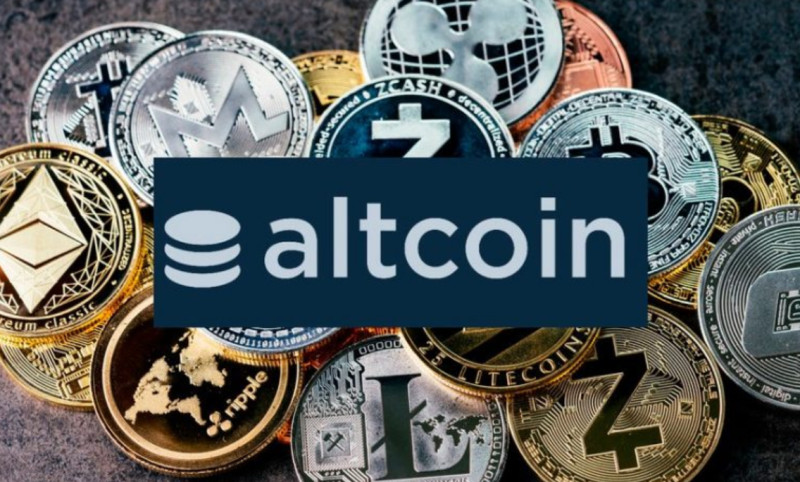
Types of cryptocurrencies include altcoins, which are any cryptocurrencies other than Bitcoin. These digital currencies were designed as alternatives to Bitcoin and traditional fiat money.
Since the first altcoins appeared in 2011, their number has increased significantly. Today, for example, there are over 10,000 different coins.
Unlike Bitcoin, which remains the industry's flagship and the most recognizable cryptocurrency, altcoins have their own unique features and functions. Some altcoins are designed to improve the technical aspects of blockchain, while others are created for specific applications, such as smart contracts, decentralized applications, the gaming industry, and more.
Many altcoins entered the market through Initial Coin Offerings (ICOs) in 2017. In their first year, they managed to capture over 60% of the total cryptocurrency market capitalization.
Today, altcoins are issued in various ways, including IEOs, IDOs, and IFOs. Like Bitcoin, they can also be mined, traded, and actively used as investments.
Categories of altcoins:
| Utility tokens | are service cryptocurrencies with specific functions. Popular examples include ETH, TRX, exchange tokens (BNB, OKB), and gaming tokens (MANA). |
| Security tokens | represent various assets or rights to them on the blockchain, such as stocks, bonds, or intellectual property rights. Examples include ASPD, EXOD, and BCAP. |
| Meme tokens | These cryptocurrencies are created as jokes or memes. The most well-known representatives are DOGE and SHIB. |
| Governance tokens | are special cryptocurrencies that give their holders voting rights and the ability to participate in the governance of a crypto project. Examples include TRON Power and UNI. |
| Forks | are altcoins created by splitting the blockchain of a main coin (such as Bitcoin) into new branches. Forks come in two types: soft forks, which are compatible with the old version of the blockchain, and hard forks, which are not compatible with the old mining software. |
Top 10 altcoins in 2024

Let's take a look at the 10 most popular altcoins at the moment. This list includes both well-established cryptocurrencies and new projects that are quickly gaining traction:
- Ethereum is second only to Bitcoin in popularity. It is the foundation for numerous projects in the DeFi, NFT, and metaverse spaces.
- BNB is the token of the Binance exchange, actively used in its ecosystem.
- Polygon is a platform that facilitates faster and cheaper transactions on Ethereum networks.
- Solana is known for very high transaction speeds and the lowest fees in the network.
- Polkadot was created for and is used in multichain applications and services.
- Dogecoin is the most popular and in-demand meme coin, thanks in large part to Elon Musk's active promotion on social media.
- Avalanche is a high-performance blockchain for smart contracts.
- Uniswap is a highly sought-after decentralized cryptocurrency exchange.
- TRON is a beloved platform for creating decentralized applications.
- Cosmos Hub is popular for its aim to unite different blockchains into one decentralized network.
We selected these altcoins due to their popularity, growth potential, high activity on major exchanges, successful projects, and the extensive experience of their developers. Let's discuss each of them in more detail.
Ethereum (ETH)
Ethereum ranks 2nd among all cryptocurrencies in terms of popularity. The Ethereum platform was developed and launched in 2015 by Vitalik Buterin, a programmer born in Russia but educated in Canada.
Buterin received a prestigious award for his unique development, placing him alongside Mark Zuckerberg.
Today, the Ethereum altcoin is available for purchase on almost all existing cryptocurrency exchanges and through exchange points like FloatChange.
In September 2022, the Ethereum blockchain underwent a significant upgrade called The Merge, which transitioned the network system from the Proof-of-Work consensus algorithm to the more efficient and environmentally friendly Proof-of-Stake. Following this, users gained the ability to participate in staking ETH coins and receive rewards for it.
After the launch of the Shanghai upgrade on April 12, 2024, a new feature for withdrawing staked ETH coins was introduced. This new utility allowed users to withdraw their funds previously held in staking (i.e., those frozen on the validator).
Binance (BNB)
BNB is the main token of the Binance cryptocurrency exchange, created and put into circulation in 2017. Due to the growing popularity of the Binance platform, the BNB token became increasingly in demand and steadily rose in value.
BNB can be described as a kind of "fuel" for maintaining and expanding the functionality of the Binance exchange itself. BNB token holders can use it to pay for goods, various services, and fees within the Binance platform and the Binance Smart Chain network.
Additionally, the BNB cryptocurrency provides its holders with opportunities to receive certain discounts on trading fees on the exchange and participate in staking, launch pools, and other products offered by Binance network developers within its ecosystem.
The BNB token serves as the internal currency on the Binance platform, aimed at stimulating the active use of platform services and promoting trading volume growth. The popularity and success of the platform directly influences the popularity and value of the token itself.
Polygon (MATIC)
Polygon (formerly known as Matic Network) is a cryptocurrency platform that has existed in the crypto market since 2017. It was launched to solve the problems of transaction speed and reduce fees on the Ethereum network (and all compatible blockchains).
The Polygon platform connected various autonomous sidechains and offered opportunities to create decentralized applications that could provide users with significantly higher transaction processing speeds.
More than 7,000 decentralized applications, metaverses, NFTs, and gaming projects are already actively operating on the Polygon network. The platform is compatible with EVM and allows the use of resources from the main Ethereum network.
The MATIC altcoin was specifically created to pay for fees and transactions within the Polygon sidechains and is also issued as a reward for supporting the platform's infrastructure.
Solana (SOL)
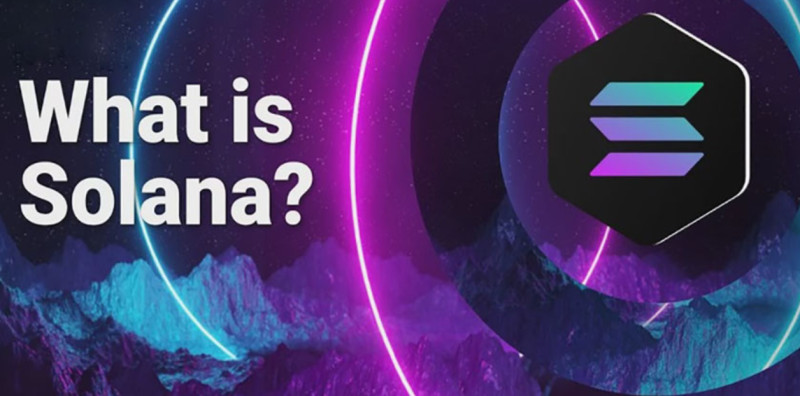
The Solana project is a blockchain platform that has been in the market since 2017.
The main goal of its developers was to maximize performance and accelerate transactions. In short, the Solana project (like many others) was designed to address scalability issues.
Here are the key features of the Solana platform:
- Very high transaction speed of up to 50,000 processed operations per second (thanks to the advanced Proof-of-History consensus algorithm).
- Very low fees, averaging just $0.00025 per transfer.
- Support for smart contracts and the ability to create decentralized applications.
- The potential to increase network scalability, which should eventually process up to 710,000 transactions per second.
All these advantages of the project have certainly contributed to the very active development of the entire Solana ecosystem. Today, this network already has over 450 projects in various fields, from DeFi to NFT and GameFi.
Notable examples include decentralized exchanges like Serum and Raydium.
The platform’s native currency, the SOL altcoin, is used to pay fees and conduct transactions within the network.
Dogecoin (DOGE)
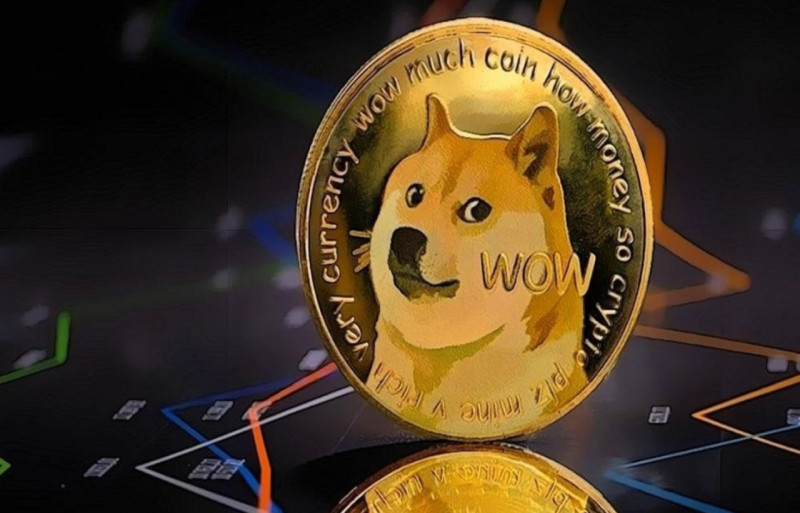
Dogecoin is a popular meme coin created in 2013 by programmers Billy Markus and Jackson Palmer. Initially, this cryptocurrency was designed as a humorous alternative to traditional cryptocurrencies. Its symbol is a dog of the popular Shiba Inu breed. Currently, the image of this dog is a very popular internet meme.
Over a short period, the Dogecoin altcoin gained its own robust community and began to be widely used for practical purposes. It started being used for microtransactions and various donations.
Additionally, several projects have been developed on its basis in the DeFi and NFT sectors.
In 2021, thanks to the support of well-known personalities, particularly Elon Musk, and vigorous activity from retail investors, the Dogecoin cryptocurrency significantly rose in value, reaching a price of $0.7 per coin. Let's be honest, it is a stunning rally for a meme coin.
Polkadot (DOT)

The Polkadot project is one of the most popular crypto platforms, specifically developed to unite and enable the interaction of numerous blockchains. It allows various specialized blockchains to integrate into a single adaptive multichain space.
Here are the main features of Polkadot:
- The network's ability to process up to 1 million transactions per second.
- The ability to transfer any type of data within the network.
- Use of consensus and staking mechanisms to ensure blockchain security.
DOT token holders can vote on changes and development directions for the entire network.
Remarkably, over 150 parachains are already actively operating on the Polkadot platform, including solutions for DeFi, NFT, and IoT (Internet of Things).
The DOT cryptocurrency is used for participating in consensus processes, voting, and supporting the operation of various applications on Polkadot.
Avalanche (AVAX)
Avalanche is a high-performance platform created and launched relatively recently—in 2020. The development was carried out by the Ava Labs team.
The main features of this project include:
- High speed – up to 4,500 transactions per second.
- Low fees – less than $0.01.
- Support for Ethereum-compatible smart contracts.
- Three-layer architecture, including Exchange Chain, Platform Chain, and Contract Chain.
Thanks to these features, the Avalanche ecosystem is actively developing, with over 180 applications already operating on it, including projects in DeFi, NFT, and metaverses.
AVAX is the main currency of the network, used for paying transaction fees, deploying smart contracts, and staking to support the platform’s validators.
Uniswap (UNI)
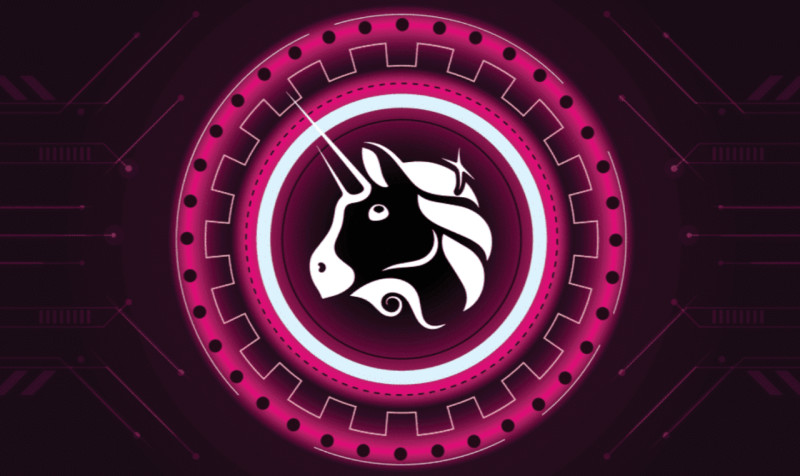
Uniswap is one of the leading decentralized cryptocurrency exchanges today. It was founded by Hayden Adams in 2018 based on Ethereum smart contracts.
Unlike traditional centralized platforms, Uniswap is entirely governed by the UNI token-holder community.
The Uniswap platform offers a unique opportunity to exchange hundreds of cryptocurrency pairs directly between users, making the entire process simpler and safer by eliminating any intermediaries.
The platform is unique in that it uses an automated liquidity management system, allowing users to invest their assets and earn commissions from the transactions of other participants.
In 2022, Uniswap topped the list of decentralized exchanges by trading volume.
The UNI token remains popular, continuing to gain traction among institutional and retail investors alike.
Thanks to this altcoin, holders have voting rights in the governance and development of the protocol and the opportunity to earn a share of the exchange’s commission fees.
TRON (TRX)
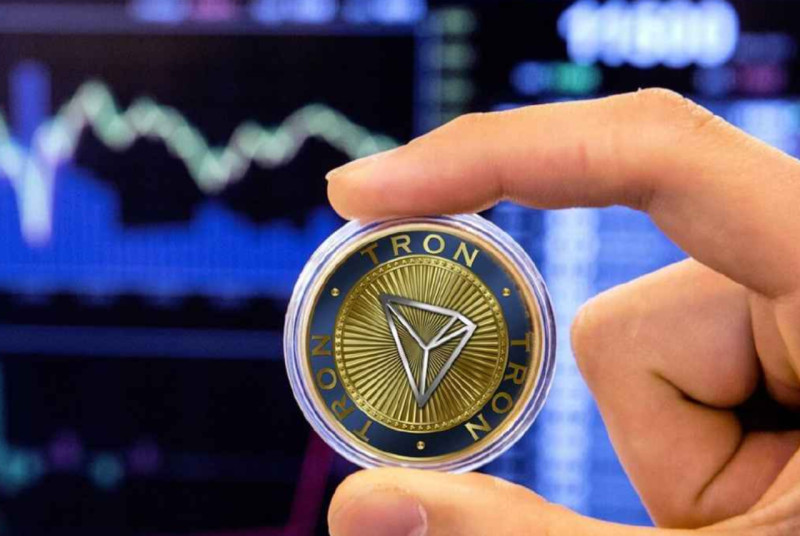
TRON is a platform designed in 2017 for developing decentralized applications, exchanging digital content, and issuing tokens.
The founder of TRON, Justin Sun, aimed to provide the internet with complete freedom from any censorship and intermediaries.
The TRON ecosystem represents a diverse infrastructure, encompassing social networks, messengers, various browsers, and many data storage systems, among other services.
The TRON platform boasts high performance, handling up to 2,000 transactions per second, with virtually no fees, making it convenient for micropayments.
The TRX altcoin, the native cryptocurrency of the project, is used within the ecosystem for voting, reward payouts, and paying for services in decentralized applications (such as data storage or oracle operations).
Cosmos Hub (ATOM)
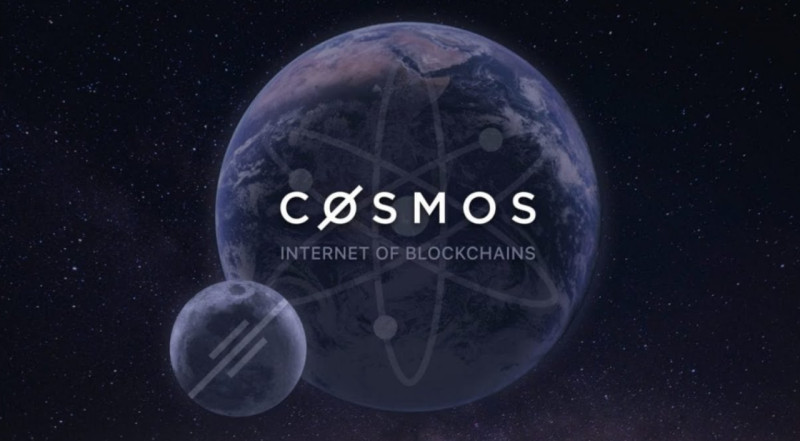
Cosmos Hub is the central element and core of the Cosmos ecosystem. This system is aimed at creating a network of interconnected blockchains.
Main features of Cosmos:
- Interaction between various independent public and private blockchains (using the IBC protocol).
- High scalability and significant performance thanks to the Tendermint consensus algorithm.
- Cosmos SDK is a very convenient toolkit that simplifies the development of custom blockchains and applications.
The Cosmos ecosystem already features over 260 projects across various domains, including DeFi and NFT.
The ATOM altcoin, being the cryptocurrency of this ecosystem, is used in its network for governance through delegation to validators and voting, as well as for paying fees in the Hub.
Stablecoins as special type
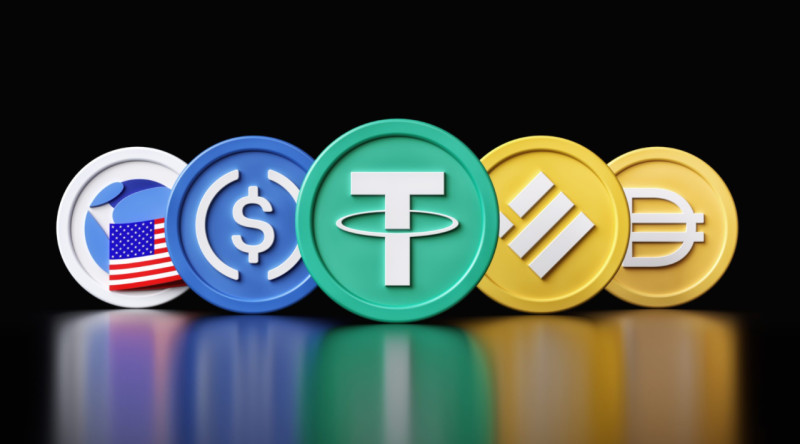
Types of cryptocurrencies include a unique variety—stablecoins. As mentioned earlier, they stand apart from other cryptocurrencies. This type of digital money is distinguished by its price stability, unlike Bitcoin or Ethereum.
The primary function of stablecoins is to provide price stability amidst the high volatility of the market. Stability is a very unusual quality for a cryptocurrency, practically incompatible with it. However, the uniqueness of stablecoins lies in their ability to combine seemingly incompatible concepts.
Typically, stablecoins are pegged to the value of conventional assets such as gold, oil, or fiat currencies (e.g., dollars, euros, yuan, rubles), allowing them to maintain a relatively stable exchange rate.
Stablecoins aim to:
- Preserve the value of savings amidst high cryptocurrency volatility;
- Facilitate fast and low-cost transactions;
- Hedge risks in cryptocurrency trading;
- Protect investments from sharp fluctuations in the value of other cryptocurrencies.
The uniqueness of stablecoins is that they allow for maintaining money in a digital format. Since their value is pegged to stable fiat currencies, their exchange rate is not as volatile as other cryptocurrencies. Simultaneously, stablecoins are decentralized, secure, and provide fast transfers. Thus, they combine the advantages of traditional money with all the benefits of cryptocurrencies.
Stablecoins have an important feature—they can preserve investments from high volatility, making them more reliable for saving and accumulating funds.
Compared to Bitcoin and altcoins, which can change their value by tens of per cent in a day, stablecoins maintain a stable price. Typically, the exchange rate of a stablecoin to fiat currency is 1:1 (e.g., 1 USDT or 1 USDC is almost always equal to $1).
Unlike Bitcoin, many popular stablecoins, such as Tether or USD Coin, have centralized management, allowing for active regulation of their issuance and maintaining exchange rate stability.
Let's delve into the different types of stablecoins based on their collateral.
Fiat-backed stablecoins
Fiat-backed stablecoins are pegged to fiat currencies, most often the US dollar or euro. They are issued by both central banks (in the form of central bank digital currencies, CBDCs) and private companies. For example, the popular stablecoin Tether (USDT) is backed by the U.S. dollar at a 1:1 ratio.
Crypto-backed stablecoins
Crypto-backed stablecoins have their value tied to popular cryptocurrencies like Bitcoin or Ethereum and are used for hedging fiat risks. For instance, the stablecoin-wrapped Bitcoin (WBTC) is backed by Bitcoin (at a 1:1 ratio), and DAI is backed by collateral in Ethereum.
Commodity-Backed Stablecoins
Commodity-backed stablecoins represent digital equivalents of physical assets (such as gold or oil), and their value depends directly on the market value of these real commodities. For example, the stablecoin Tether Gold (XAUT) can be exchanged for a gold bar or fiat money.
Algorithmic stablecoins
Algorithmically backed stablecoins stabilize their price through algorithms that control their issuance and withdrawal. This principle of backing makes them particularly risky. An example is the stablecoin Frax (FRAX) which is pegged to the US dollar through a complex algorithm.
Management systems of stablecoins
Depending on the management system, stablecoins are divided into:
| Centralized stablecoins | Decentralized stablecoins |
are managed by issuing organizations, offering high liquidity and often pegged to fiat currencies. Examples: USDT USDC BUSD | Can be collateralized, maintaining their value through crypto collateral (example: DAI) and can be algorithmic, which have no direct backing and are regulated algorithmically, using only one cryptocurrency as collateral (example: Terra USD before its collapse in 2022). |
All these variations of stablecoins offer different approaches to managing volatility, making them suitable for various financial and investment strategies.








 Back to articles
Back to articles



